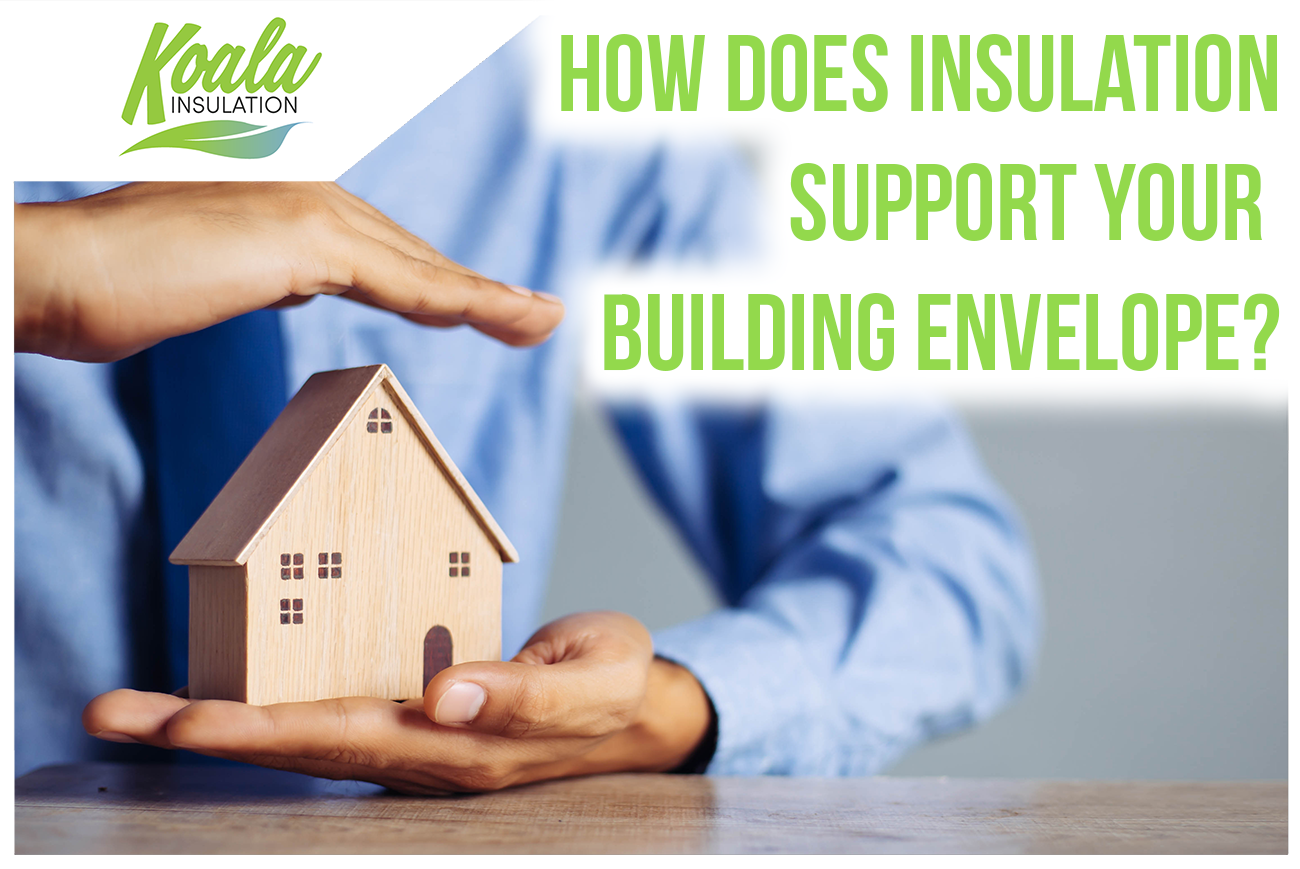How Does Insulation in Southeast Denver Support Your Building Envelope

If you're unfamiliar with the integrity of your home's exterior shell and the benefits of a strong envelope, don't worry. It's not uncommon for new homeowners, especially first-time homebuyers, to be a few steps removed from the construction process of their living space. Additionally, the building envelope isn't an area many people are familiar with, let alone what they can do to improve and enhance its capabilities. Like many aspects of a building, it often falls under the "out of sight, out of mind" principle.
If nothing seems to be wrong, what’s there to change about it? Your home’s building envelope, though, contributes significantly to the climate control and energy efficiency of your property. It’s a good idea for you and your household to have some basic knowledge of the structure and the support it needs to do an efficient job. Our team at Koala Insulation of Southeast Denver has put together some information on what a building envelope does for your home and how insulation can improve your structure’s strength.
What is My Building Envelope?
The building envelope of your home is simply the divide of the inside and outside of the building. The purpose of the building envelope is to help keep the interior of your home climate controlled. The exterior system includes windows, doors, the roof, floor, and even your foundation and insulation. When it comes to making your home energy-efficient, many home renovations aren't going to matter if you have a poor building envelope because of air leakage, irregular temperatures, and more.
A climate-controlled building increases your home's energy efficiency and reduces health risks. Keeping the heat inside during the winter and at bay during the summer means your HVAC system puts in less work to keep the inside of your home temperature regulated. While the main purpose of your home's envelope is to keep your home climate controlled, it has a number of other functions. The building envelope also significantly supports the strength of your home's structure, improving how well it can take external forces and weight.
Insulation’s Fight Against Heat Transfer
Insulation is an important factor in maintaining a strong and effective building envelope. This is because a primary function of insulation is also climate control and temperature regulation. While you may be familiar with the product in your attic, did you know insulation material is installed throughout your home? Batt, blown-in, or spray foam lines the insides of your walls and floors, in between ceiling joists, and protects your basement and crawl spaces.
Insulation is designed to reduce the rate of heat transfer, which is how heat enters and exits a building. An insulation’s R-value is the resistance value to heat, measuring how effective the material can slow the transfer of heat between structures. The higher the R-value, the better an insulation material can regulate your home’s temperature. Not only does it keep heat from entering and leaving your building, but it also slows the rate at which the heat travels between rooms and floors. If you find one room or even a whole side of your home that’s too cold or hot in comparison to the rest of the house, you may need updated insulation.
How Insulation Supports a Building Envelope
Your building envelope is significantly improved with properly installed insulation that has quality coverage throughout the house. The primary support that insulation provides is attributed to the increased temperature regulation. But most material also contributes to the safety and integrity of your building envelope. Many types of insulation are either treated chemically or have natural properties to resist moisture, fire, and even pests. Mold growth, bacteria, infestation, and heat destruction not only damage the building envelope but can significantly increase the rate of deterioration for the material and structure.
Other insulation types can even support the structural integrity of your home. For example, closed-cell spray foam is a great choice when it comes to improving your building envelope. It has an average R-value of 6.9 per inch, which is one of the highest out of the common materials to install in your home (e.g., blown-in fiberglass insulation has about 2.7 R-value while open-cell spray foam has an R-value of about 3.7). Closed-cell spray foam is also very rigid, which provides additional strength to the joists and walls it’s applied onto.
Contact a Local Southeast Denver Insulation Expert
Learning something new about your home can often lead to quality of life improvements and cost reductions. When it comes to your building envelope and improved insulation, updated material and improved coverage can increase your energy efficiency, indoor air quality, and more. The building envelope directly contributes to a climate-controlled environment and the strength of your home; as such, keeping it well insulated is crucial to maintaining the integrity of your home's structure and safety.
Our team at Koala Insulation of Southeast Denver is dedicated to making your home more comfortable, safe, and energy-efficient. When it comes to educating our local community on the importance of updated insulation and quality material, we have materials that are designed for every level of expertise. Whether you're a first-time homebuyer or you have experience in home renovation projects, our industry experts have something new to bring to every table. Contact our team today to schedule your free evaluation and learn more about insulation.
Find Your Location


Get a quote


